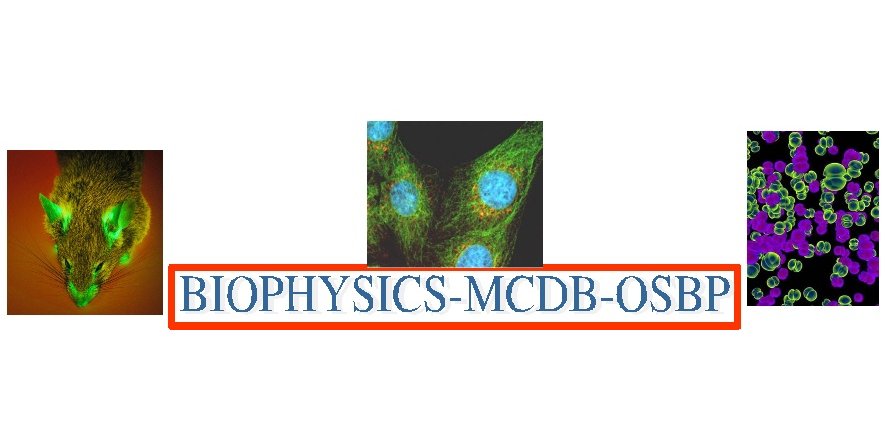Interdisciplinary Graduate Programs Symposium

2010 OSU Molecular Life Sciences
Interdisciplinary Graduate Programs Symposium

Poster abstracts
Abstract:
Chromatin is disassembled and reassembled during DNA replication as well as DNA repair. In order to monitor chromatin reassembly following DNA double-strand break repair, ChIP analysis can be used to monitor the presence of histone H3 near the lesion. The chromatin assembly factors Asf1p and CAF-1, as well as the acetylation of histone H3 lysine 56, have been shown to promote chromatin reassembly and deactivate the DNA damage checkpoint when DNA DSB repair is complete. We have used this system to determine whether the acetylation of newly synthesized histone H4 also directly impacts the reassembly of chromatin following the recombinational repair of a DNA double strand break. We have tested each of the components of the nuclear Hat1p-containing type B histone acetyltransferase complex (NuB4) and have found that they can effect repair-linked chromatin reassembly but that their contributions are not equivalent. In particular, loss of the histone chaperone Hif1p has the most pronounced effect on chromatin reassembly, when combined with an allele of H3 that mutates lysines 14 and 23 to arginine. In addition, we demonstrate that a site of acetylation in the core domain of histone H4 (lysine 91) also plays an important role in repair-linked chromatin reassembly that may be functionally redundant with H4 NH2-terminal tail acetylation. Taken together, our data supports the model that DNA replication and DNA repair share similar factors and pathways to regulate chromatin assembly.
References:
1. Chin-Chuan Chen et al., Acetelated Lysine 56 on Histone H3 Drives Chromatin Assembly after Repair and Signals for the Completion of Repair, Cell, 2008, 134,231-243.
Keywords: DNA repair, chromatin assembly